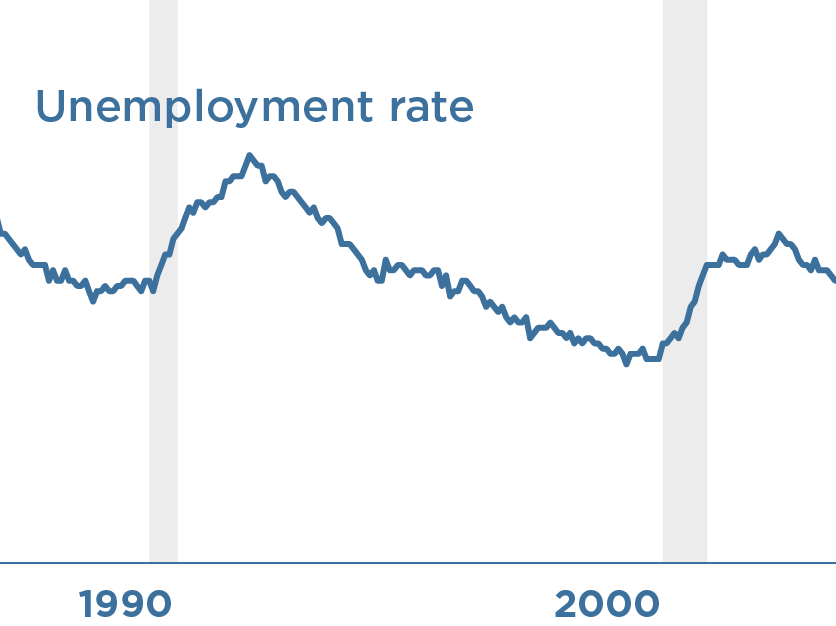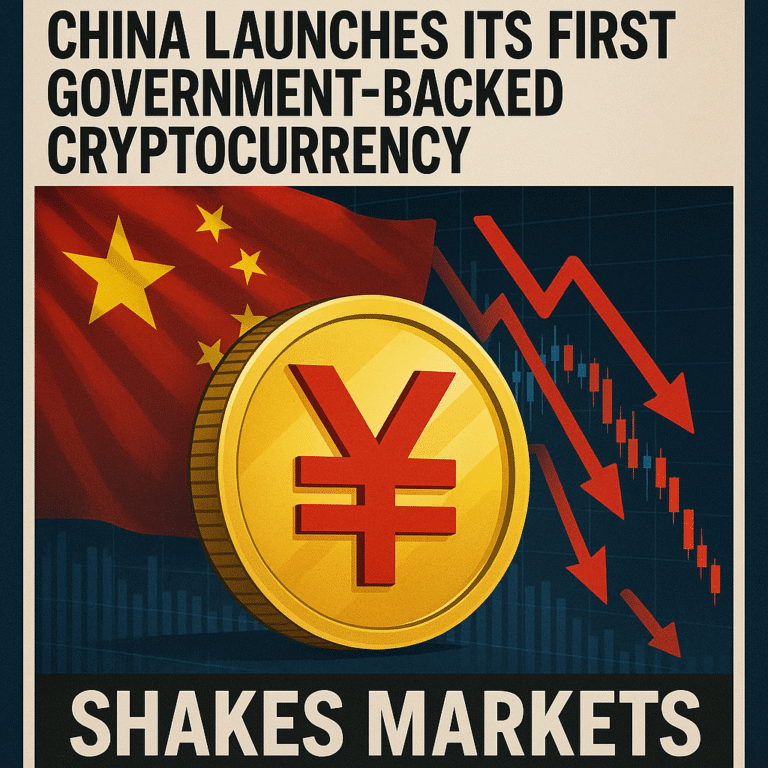
In a remarkable turn of events, the United States has seen its unemployment rate reach historic lows following a series of stimulus policies enacted in response to the economic disruptions caused by the COVID-19 pandemic. The drop in unemployment has not only been a cause for celebration among policymakers and economists but has also raised questions about the long-term effects of government intervention in the labor market. With the U.S. economy recovering faster than expected, this milestone reflects the effectiveness of stimulus measures, but also sparks a broader discussion about the future of economic policy and employment in the digital age.
The Role of Stimulus Policies
The pandemic sent shockwaves through the global economy in 2020, with businesses shuttering, millions of people losing their jobs, and uncertainty gripping markets worldwide. In response, the U.S. government introduced an array of unprecedented stimulus measures aimed at mitigating the impact of the economic downturn. These included direct cash payments to individuals, expanded unemployment benefits, and generous support for small businesses through programs like the Paycheck Protection Program (PPP).
One of the primary goals of these stimulus policies was to keep people financially stable during the worst of the pandemic, ensuring that families could continue to pay for essential goods and services while waiting for the economy to recover. In addition to providing relief to individuals and businesses, these measures also helped maintain consumer spending, which is a crucial driver of the U.S. economy.
The expansion of unemployment benefits, in particular, played a central role in reducing poverty and preventing a deeper economic crisis. By providing more generous payments to those who lost their jobs, the U.S. government helped to ensure that people could continue to meet their basic needs, even if they were unable to find work immediately. While some critics argued that enhanced unemployment benefits could discourage job-seeking, the data now suggests that the policies were instrumental in fostering a robust recovery.
Historic Unemployment Figures
The latest figures from the U.S. Bureau of Labor Statistics show that the national unemployment rate has dropped to levels not seen in decades. As of the most recent report, the unemployment rate has fallen to just below 3.5%, a historic low that rivals the lowest levels of the 1950s and 1960s. This represents a dramatic turnaround from the heights of the pandemic when the unemployment rate peaked at 14.8% in April 2020.
The sharp drop in unemployment is particularly notable given the challenges posed by the pandemic. When the crisis first hit, economists predicted a slow recovery with lingering joblessness and economic dislocation. However, the rapid recovery in the labor market has exceeded expectations, leading many to revise their forecasts for the U.S. economy. The success of the stimulus policies in helping to stimulate the economy and support the labor market has been a central factor in this unexpectedly strong recovery.
Moreover, the low unemployment rate has been accompanied by gains in other key labor market indicators, such as the labor force participation rate and wage growth. These indicators suggest that the recovery is not just limited to a reduction in unemployment but is also characterized by a broader improvement in labor market conditions.
Job Creation and Economic Growth
The U.S. economy has created millions of new jobs since the height of the pandemic, further driving down unemployment rates. Sectors such as healthcare, technology, and logistics have seen significant job growth, driven by the increased demand for services related to the pandemic and the shift to remote work. Additionally, the construction and manufacturing sectors have benefited from stimulus-driven investments in infrastructure and government contracts.
The surge in job creation has helped to restore consumer confidence, as more people returning to work means more disposable income and greater consumer spending. This, in turn, has had a positive effect on businesses, with demand for goods and services rising as more people are employed and economically active.
At the same time, the stimulus policies have also been credited with helping to prevent a wave of bankruptcies and closures that would have further worsened the job market. By providing relief to struggling businesses, the government enabled many companies to weather the storm, saving jobs and preventing further economic fallout.
While the recovery has been impressive, there are still challenges to overcome. For example, some sectors of the economy, such as tourism and hospitality, have not yet returned to pre-pandemic levels, and some workers continue to face barriers to re-entering the workforce. Nonetheless, the overall trend points to a strong and resilient recovery, one that has outpaced many expectations.
The Future of Work and Employment
While the historic drop in unemployment is certainly a positive development, it also raises questions about the future of work and the role that government policies will play in shaping the labor market moving forward. The COVID-19 pandemic has accelerated several major shifts in the economy, including the rise of remote work, the automation of certain jobs, and the growth of the gig economy. These trends could have lasting effects on the labor market and may require new approaches to workforce development, job training, and social safety nets.
One of the most significant changes brought about by the pandemic has been the widespread adoption of remote work. Many businesses, particularly in sectors like technology, finance, and professional services, have found that employees can work effectively from home, reducing overhead costs and allowing for greater flexibility. As a result, many companies are expected to continue offering remote work options, even as the pandemic subsides.
This shift could have both positive and negative effects on employment. On the one hand, remote work allows employees to work from anywhere, potentially increasing access to jobs for people in rural or underserved areas. On the other hand, it could also lead to greater competition for jobs, as workers from different regions and even countries may now be competing for the same positions.
Another key trend is the increasing reliance on automation and artificial intelligence in the workplace. As businesses look for ways to increase efficiency and reduce labor costs, automation technologies are becoming more widespread. While this could lead to job displacement in some sectors, it also presents opportunities for workers to shift into higher-skilled roles that require human expertise and creativity.
The rise of the gig economy is another development that could shape the future of work. With more people turning to freelance and contract work, traditional employment relationships are being replaced by more flexible, on-demand arrangements. While this offers workers greater autonomy and flexibility, it also raises concerns about job security, benefits, and workers’ rights.
As these trends continue to evolve, policymakers will need to consider new ways to support workers and ensure that the benefits of economic growth are shared widely. This may include investments in job training and education, as well as reforms to social safety nets to account for the changing nature of work.
The Role of Government Stimulus in the Recovery
The success of the stimulus policies in driving down unemployment highlights the important role that government intervention can play in supporting the economy during times of crisis. While critics have argued that excessive government spending could lead to inflation and fiscal imbalances, the current recovery suggests that targeted stimulus measures can be highly effective in stabilizing the economy and supporting job creation.
In the future, the U.S. government may need to consider more permanent changes to its economic policies, such as expanding access to affordable healthcare, improving job training programs, and creating new pathways for workers to transition into emerging sectors of the economy. These measures could help ensure that the labor market remains resilient and inclusive, even as the economy continues to evolve.
The historic lows in U.S. unemployment are a testament to the resilience of the American economy and the effectiveness of stimulus policies. While challenges remain, the strong recovery in the labor market provides hope for a brighter economic future, one where more people are able to find meaningful work and contribute to the nation’s growth and prosperity.







